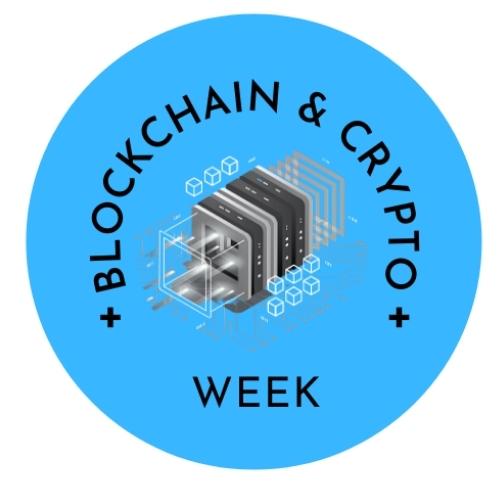With the number of connected devices set to top 20 billion by 2023, businesses need to act quickly to ensure their IoT breach detection is as effective as possible.
According to a study by digital security firm Gemalto,
- Forty-Eight per cent of IoT companies can accurately detect whether or not their devices experienced a breach.
- Ninety-Nine per cent of IoT-focused companies currently not using blockchain technology are interested in exploring its future integration.
- Twenty-three per cent of respondents indicated that they believe blockchains present ideal security boons for IoT devices.
As more devices connect to the internet, more data will be exposed to opportunistic attackers. There is a massive mesh of interconnected devices that can transfer anything from personal information to authentication, keys, which hackers can easily extract.
In the past few years, centralised services have been seeing quite a lot of IoT security flaws, but blockchain technology, which started as the technology behind bitcoin, has grown into a promising mitigation technology for cybersecurity. As designed and intended, the technology has been credited for its information integrity assurance. With a combination of IoT and blockchain, enterprises, SMEs and individual users can create a reliable, secure network that protects data from attackers.
How Blockchain + IoT Enhances Cybersecurity?
According to the Gemalto report, 59 per cent of respondents in the study were pretty unclear on who is responsible for IoT security and seeking clarification from governments. The primary problem with IoT security is the lack of ability to identify when a device is compromised, sensitive data leakages and when hackers are taking control of devices remotely.
- Decentralised Storage And Recordkeeping
A blockchain is a digital ledger of transactions that are duplicated and distributed across the entire network of computer systems on the blockchain. Each block in the chain contains a number of transactions, and every time a new transaction occurs on the blockchain, a record of that transaction is added to the participant’s ledger. A decentralised database managed by multiple participants is known as distributed ledger technology (DLT).
In blockchain technology transactions are recorded with an immutable cryptographic signature called a hash. If hackers are planning to corrupt a blockchain system, they will have to change every block in the chain, across all the distributed versions of the chain.
Also Read: Decrypting The Crypto
- Prevents Fraud And Data Theft
Blockchain prevents potential fraud and decreases the chance of data being stolen or compromised. To corrupt a blockchain, a cybercriminal will have to destroy the data stored on every user’s computer in the global network. It can be millions of computers with each one storing a copy of some or all of the data. Unless the hacker brings down an entire network in one go, nodes (undamaged computers) will continue to verify and keep a record of all the data on the network. The bigger the blockchain network, the lower risk of getting attacked by hackers.
For instance, Bitcoin operates on blockchain technology. The entire blockchain is retained on a huge network of computers, no single individual has control over history. Even if a user learns cryptocurrency-related information from Crypto Head, buys bitcoins and pays another using bitcoins, computers on the Bitcoin blockchain network check the accuracy of the transaction. And this step certifies everything that has happened in the chain. So, the blockchain can’t be easily tampered with.
- Using Blockchains To Prevent DDoS Attacks
Implementing blockchain technology will fully decentralised DNS, distributing the contents to a large number of nodes and making it nearly impossible for hackers to attack. Domain editing rights will only be granted to those who need them (specifically to the domain owners) and, no other users can make changes. This practice will reduce the risk of data being accessed or changed by unauthorised parties. By using blockchain to protect the data, a system can be protected from hackers.
Also Read: The Blockchain Backstory
- Smart Contracts Enhancement
With the help of blockchain technology, one can easily integrate business logic into a platform-controlled wallet or asset-controlled wallet. Having a smart contract will allow the independent execution of business logic among stakeholders, and embedding business logic into the blockchain will also make sure your intellectual property is protected. Blockchain will ensure both the logged data and the business logic become tamper-proof due to the distributed and cryptographic nature of the technology.
To require a comprehensive approach and creative solutions, the security of IoT devices and networks have become a complex problem. By applying blockchain technology, an individual or an SME can enhance the security and reliability within an IoT ecosystem. Decentralising IoT networks with blockchain technology will eliminate the single point of failure, the extra protection of the connected devices would become less sensitive to malware and other attacks. Also, one more advantage of decentralised IoT infrastructure includes autonomous operations and lower costs of network and infrastructure maintenance.









